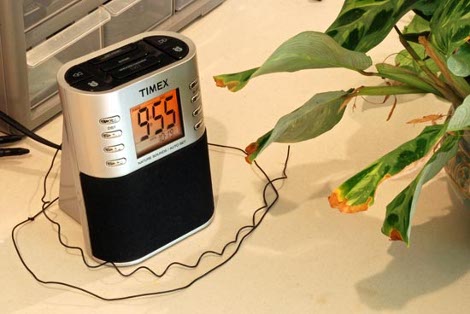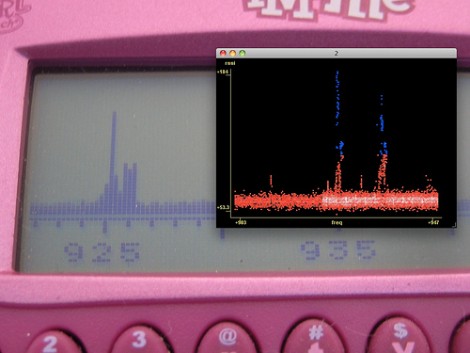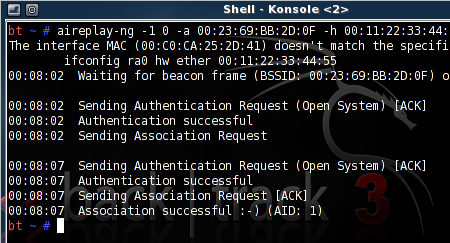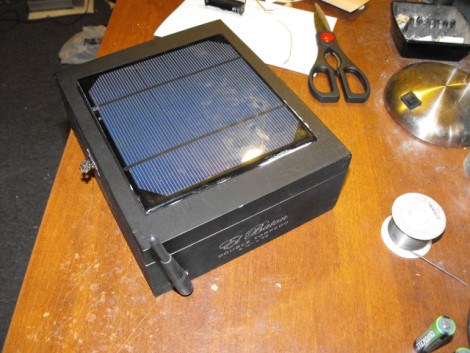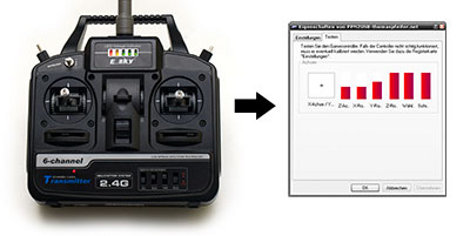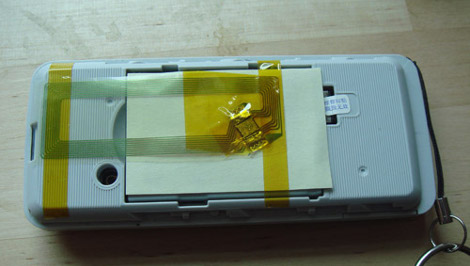
More and more today, it is becoming harder to avoid having some sort of RFID tag in your wallet. [bunnie], of bunnie:studios decided to ease the clutter (and wireless interference) in his wallet by transplanting the RFID chip from one of his subway cards into his mobile phone. Rather than the tedious and possibly impossible task of yanking out the whole antenna, he instead pulled the antenna of a much more accessible wristband with an RFID chip of similar frequency instead. Nothing too technical in this hack, just a great idea and some steady handiwork. We recommend you try this out on a card you haven’t filled yet, just in case.

